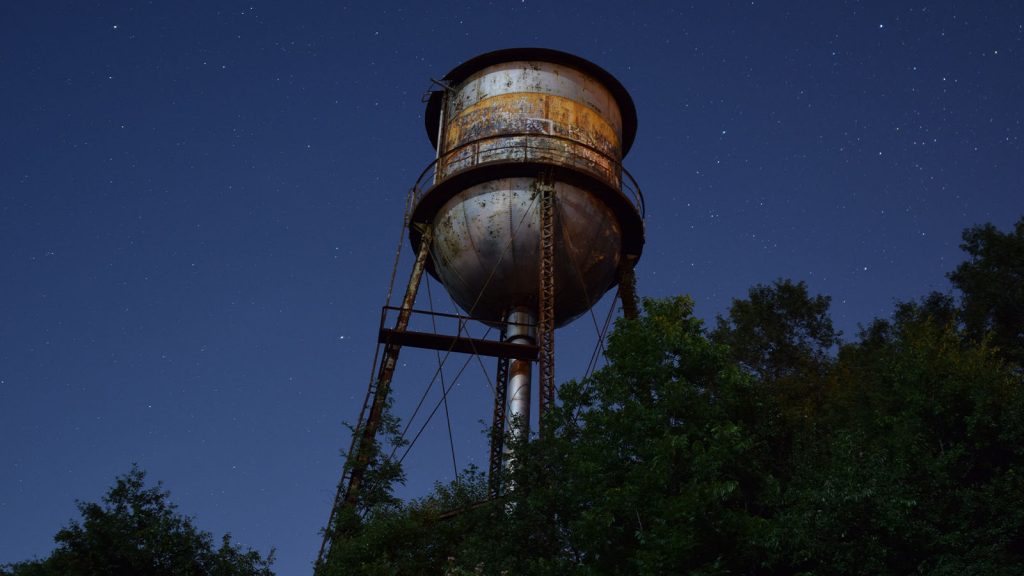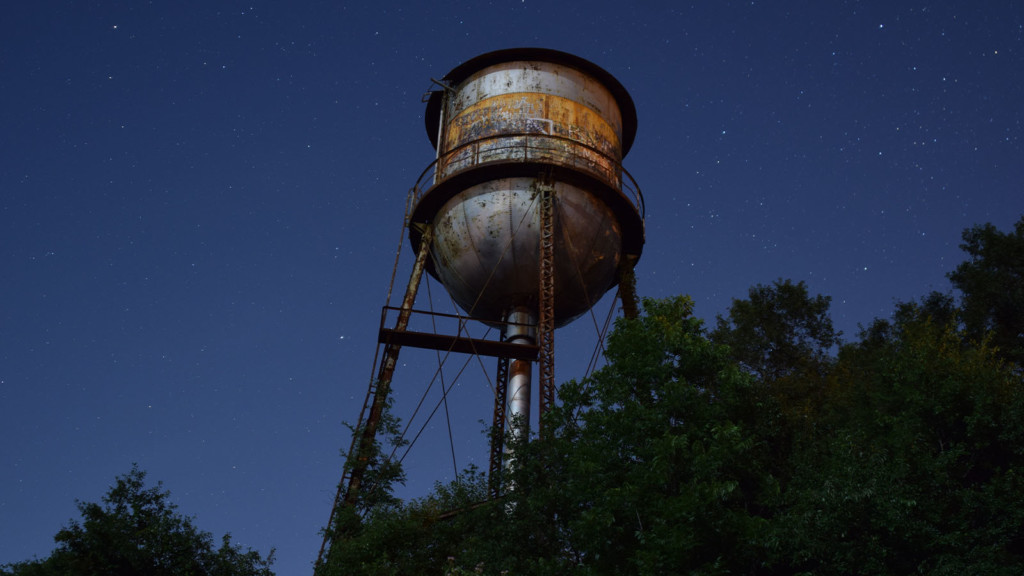The legal cannabis market is exploding across the United States and is projected to have a nearly $40 billion economic output by 2021, according to an analysis by two cannabis research companies.
Rural and rust belt communities that have suffered from years of stagnation and the loss of industry, from manufacturing to resource extraction, are beginning to embrace the cannabis industry with the hope of getting a piece of the green rush. But it’s not likely to be a miracle cure for what ails small-town America.
From Manufacturing to Marijuana
New York is one of the latest states to move towards legalizing adult-use cannabis. In May 2018, the New York State Comptroller’s Office issued a report concerning recreational cannabis legalization that estimated the market could be worth some $3.1 billion per year in New York State, with $2 billion of that outside of New York City.
This means a potential boon to the upstate economy, and practically speaking, also to the 12-county downstate region that includes Long Island and the Lower Hudson Valley. Unlike downstate, however, the many diverse upstate communities — from tiny farming towns to mid-sized cities — share one thing in common: a less vibrant economy. The continued loss of manufacturing jobs and a faltering farm economy have repressed growth and some communities look cautiously to legal adult-use cannabis to generate new jobs and tax revenue.
Ken Polasky, the vice president of government affairs for the Business Council of New York State, said that while an adult-use program will bring jobs to the region it’s not going to “transform the economy” of upstate New York. “It would have effects in local economies that are, quite frankly, starving for jobs now, but it’s a relatively modest increase in total jobs,” he said during a panel discussion on Dec. 11, 2018, during the “Marijuana: Justice. Equity. Reinvestment” conference in Albany, New York.
Also at the conference, Democratic state Rep. Donna Lupardo discussed how various forms of cannabis could be economic engines. Recreational marijuana, she said, “will be one very important component” in stimulating the upstate economy. “I do think industrial hemp is going to be the workhorse in terms of revitalizing manufacturing,” said Lupardo, who represents the Binghamton area in Western New York.
A Few Positive Signs Across the Country
Anecdotally, some rural and Rust Belt communities where cannabis has been legalized are beginning to see some economic benefits from the industry. Across rural Colorado, municipalities have been able to use cannabis tax revenue to repave roads and help balance budgets. In Trinidad, a town of about 8,000 in south-central Colorado, cannabis has helped support municipal renovation projects and brought new jobs after two companies in gas and oil pulled out of the struggling community.
“We’ve stopped the hemorrhaging,” Jonathan Taylor, Trinidad’s economic development director told High Country News in November 2016, two years after the state’s adult use program was established. “Cannabis is providing much-needed revenue.”


In the Ohio Rust Belt, where medical cannabis was officially legalized in 2016, though (it has taken much longer to roll out, the state’s first large-scale grower, Buckeye Relief, has brought Eastlake, population 18,000, much-needed economic stimulus, Mayor Dennis Morley, told Marijuana.com (the predecessor of Weedmaps News) in September 2018. “Companies like Buckeye Relief are helping turn the city’s finances around and will bring jobs into town,” Morley said.
In Oklahoma, where medical marijuana was legalized in June 2018, more than 2,000 applications for cannabis industry-related licenses subsequently flooded in. While a majority of them were centered around the state’s principal cities Tulsa and Oklahoma City, a significant number of applications were from rural areas.
One potential secondary benefit for rural economies is higher land values that would mean more property taxes for local governments. A 2017 study, “Green Acres? Cannabis agriculture and rural land values in Northern California,” by Benjamin Schwab of Kansas State University and Van Butsic of the University of California, Berkeley, found that doubling the density of cannabis growing in rural California could see a 3.5 percent increase in the sales price of undeveloped property.
“Our results show not only that cannabis likely increases property prices, but that as regulations make legal growing more legitimate, properties that fit the legal profile required to become permitted have increased at ever-accelerating rates,” the authors wrote. “As more communities codify land regulations regarding cannabis growing, we may see similar increases in other geographic locations.”
Paul Smith, the vice president for governmental affairs for the Rural County Representatives of California, a service organization made up of 36 rural counties in the state, said he has seen land prices increase in cases where there’s zoning designating where cultivation can take place. In counties that have decided to ban cultivation or have more restrictive growing regulations the “great land rush of four or five years ago has evaporated” leaving land prices to stagnate or diminish, he said. “It may be too early to tell what the net effect of all of this is,” Smith told Weedmaps News.
A Mixed Bag
In California, where there’s a tradition of legacy growing, the results of the state’s recreational cannabis program have been a mixed bag for rural counties, mostly stemming from the 2018 adult-use regulations.
“Anecdotally, some parts of rural California are experiencing this very well, other parts are not and some parts of rural California are really, really struggling because of legalization,” Smith said. In Mendocino County, he said the large legacy growing community has been hard hit by plummeting marijuana prices because of legalization. The new, legal climate also has negatively affected other businesses such as hardware stores and restaurants because “there’s just not enough of the free-flowing cash” that existed before adult-use legalization, he said.
The growth of the legal cannabis industry has tended to benefit larger urban areas over rural areas because real estate and market logistics are more established, according to David Abernathy, vice president of data and government affairs for Arcview Market Research, which tracks the cannabis industry. He said commercial real estate, such as warehouses and other spaces that can be used for cultivation, experience a surge in demand in the urban centers of states with legal cannabis. That scenario may change, at least in California, as growers move towards light-deprivation greenhouses that are easier to build or retrofit for cannabis production in more rural areas.











